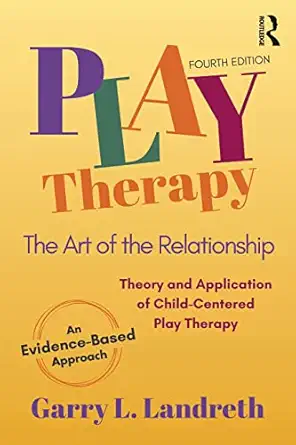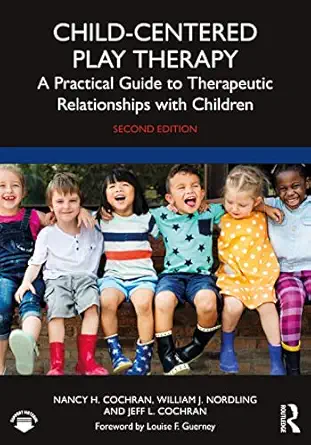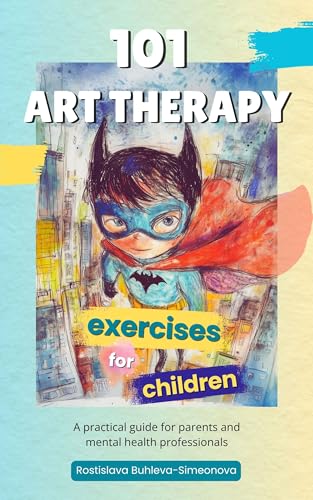
Introduction
Play is the universal language of childhood. It’s how children explore their world, express their emotions, and navigate complex experiences. For children facing emotional, behavioural, or psychological challenges, play therapy offers a structured, evidence-based approach to foster healing and growth. Unlike traditional talk therapy, which relies on verbal communication, play therapy leverages the natural medium of play to help children process their feelings and develop coping strategies. This article delves into the myriad benefits of play therapy for children, supported by the latest scientific evidence and insights from reputable psychologists and experts in the field as of 2025.
What is Play Therapy?
Play therapy is a psychotherapeutic approach designed primarily for children aged 3 to 12, though it can also benefit adolescents and adults in specific contexts. It involves a trained therapist using play—through toys, games, or role-playing—to observe and engage with a child’s emotional world. According to the Association for Play Therapy (APT), play therapy is defined as “the systematic use of a theoretical model to establish an interpersonal process wherein trained play therapists use the therapeutic powers of play to help clients prevent or resolve psychosocial difficulties and achieve optimal growth and development”.
The roots of play therapy trace back to early 20th-century pioneers like Sigmund Freud, who in 1909 used play to help a child overcome a phobia, marking one of the first documented uses of play as a therapeutic tool. Anna Freud and Virginia Axline further developed the field, with Axline’s child-cantered approach emphasizing a non-directive, accepting environment where children can freely express themselves. Today, play therapy encompasses various approaches, including child-cantered play therapy (CCPT), cognitive-behavioural play therapy (CBPT), and filial therapy, each tailored to specific needs and challenges.
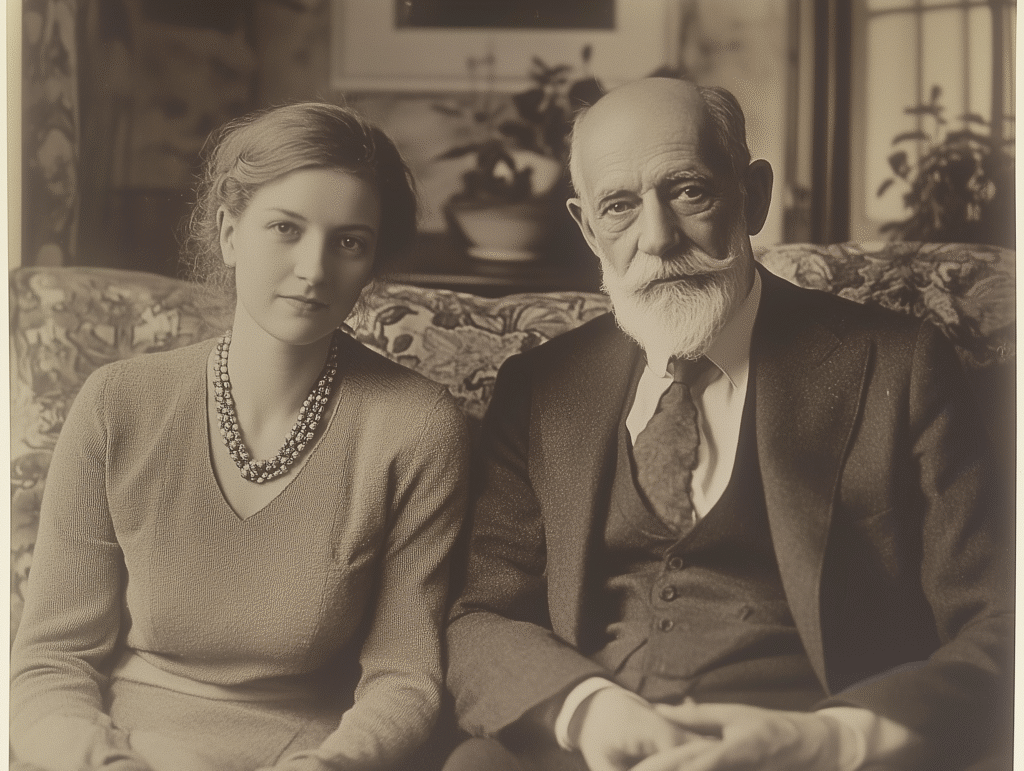
Why Play Therapy? The Science of Play in Child Development
Play is not just a pastime; it’s a critical component of child development. Lev Vygotsky, a renowned developmental psychologist, emphasized that imaginative play fosters self-regulation, problem-solving, and culturally valued competencies. Play engages both cortical structures (responsible for thinking and reasoning) and subcortical structures (linked to emotional regulation and memory), promoting long-term emotional learning and resilience.
Children often lack the verbal skills to articulate complex emotions, especially when navigating trauma, stress, or developmental challenges. Play therapy bridges this gap by allowing children to communicate symbolically through toys, art, or role-playing. For example, a child might use dolls to re-enact a stressful family event, providing the therapist with insights into their emotional state. Research shows that up to 71% of children referred to play therapy experience positive changes in behaviour, underscoring its effectiveness.
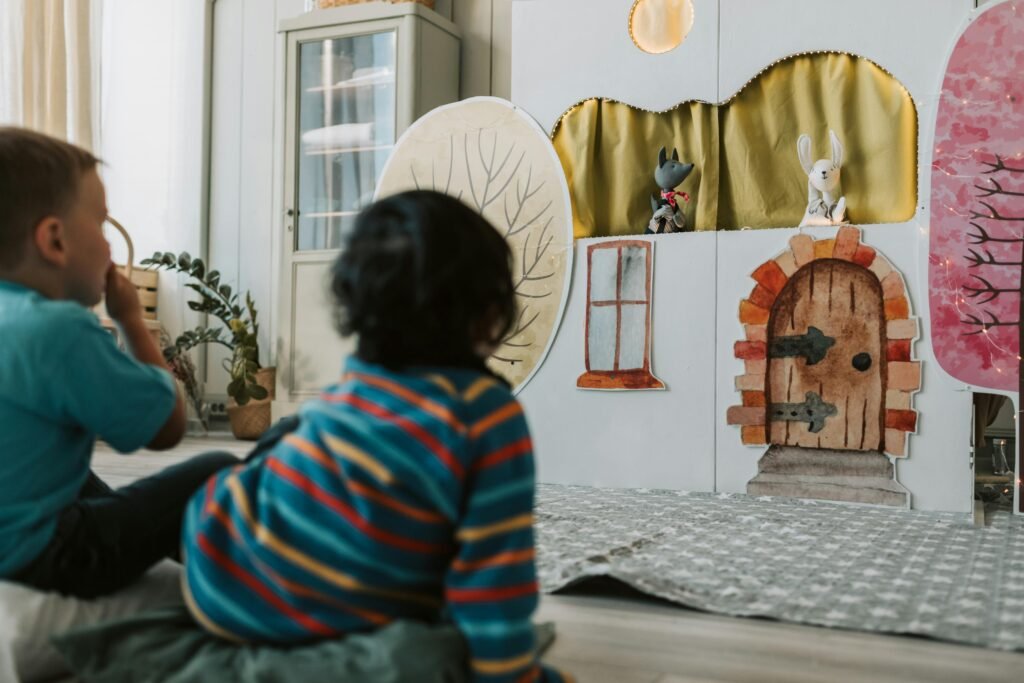
Key Benefits of Play Therapy
Emotional Expression and Processing
One of the primary benefits of play therapy is its ability to help children express and process emotions they may not be able to verbalize. Dr. Gary Landreth, a leading figure in play therapy, famously stated, “In play therapy, toys are like the child’s words, and play is their language”. This is particularly crucial for children experiencing trauma, anxiety, or depression. A 2023 case series documented a nine-year-old girl with pseudo seizures triggered by a stressful home environment. Through play therapy, she was able to express her fears and improve her emotional regulation, leading to a reduction in symptoms.
Studies, such as those reviewed by Baggerly and Bratton, indicate that play therapy significantly reduces negative emotions in children with anxiety, depression, or trauma. For instance, a 2020 study found that children with autism spectrum disorder (ASD) showed reduced anxiety symptoms after engaging in cognitive-behavioural play therapy. By creating a safe, non-judgmental space, play therapy allows children to process difficult experiences at their own pace, fostering emotional resilience.

Behavioural Improvement
Play therapy is highly effective in addressing behavioural issues, such as aggression, defiance, or classroom disruptions. A meta-analysis of play therapy outcome studies, including unpublished and published research, found strong evidence for its effectiveness in reducing untoward behaviours in school settings. For example, a study involving children with attention deficit hyperactivity disorder (ADHD) showed significant improvements in anxiety, withdrawal, emotional lability, and learning difficulties after 16 sessions of play therapy.
Dr. Maggie Parker, a registered play therapist and associate professor at George Washington University, notes that play therapy helps children learn regulating behaviours, which is particularly beneficial for those with behavioural or anger problems. By engaging in structured play scenarios, children practice self-control and develop problem-solving skills, which translate to better behaviour in real-world settings.

Social Skills and Relationship Building
Socialization is a critical aspect of childhood development, and play therapy provides a unique opportunity for children to practice social skills. Dyadic play therapy, where two children interact during sessions, helps children learn how to make friends and navigate social dynamics. Play therapy also fosters stronger relationships with caregivers and teachers. A 2024 study highlighted that child-cantered play therapy improved social-emotional wellness and relationships with caregivers, as children felt more connected and understood.
Filial therapy, a subset of play therapy, involves training parents to conduct play sessions with their children, enhancing parent-child communication. A 2021 review noted that filial therapy was particularly effective in improving family dynamics during challenging situations like parental divorce. This approach empowers parents to understand their child’s emotional needs, fostering healthier relationships.

Support for Trauma and Adverse Experiences
Children who have experienced trauma—such as abuse, domestic violence, or natural disasters—benefit significantly from play therapy. The approach allows them to process traumatic experiences in a safe, controlled environment. A 2024 article from The George Washington University’s Graduate School of Education and Human Development emphasized that play therapy is an entry point for healing from adverse childhood experiences (ACEs). Small-scale studies have shown positive outcomes for children who are victims of maltreatment or natural disasters, with play therapy helping them regain a sense of control and reduce distress.
For example, in refugee camps, play therapy has been used to help children cope with trauma by providing a safe space for self-expression. The non-verbal nature of play allows children to act out their experiences symbolically, which can be less intimidating than verbal disclosure.

Academic and Cognitive Benefits
Play therapy also supports academic performance and cognitive development. Research indicates that children who engage in play therapy show improvements in academic issues and self-efficacy beliefs. A 2024 study noted that play therapy helped children with learning disabilities by fostering creative problem-solving skills and boosting confidence. By addressing underlying emotional or behavioural barriers, play therapy enables children to focus better in school and engage more effectively in learning.

Medical and Chronic Illness Support
Children facing medical procedures or chronic illnesses often experience significant stress and anxiety. Play therapy has proven effective in these contexts, particularly for hospitalized children. A systematic review found that play therapy reduced hospitalization days for children with cancer by using modalities like drawing, painting, and storytelling. Another study highlighted positive outcomes for children in palliative care, where play therapy helped them cope with emotional distress. The structured yet flexible nature of play therapy makes it an ideal intervention for children navigating medical challenges.
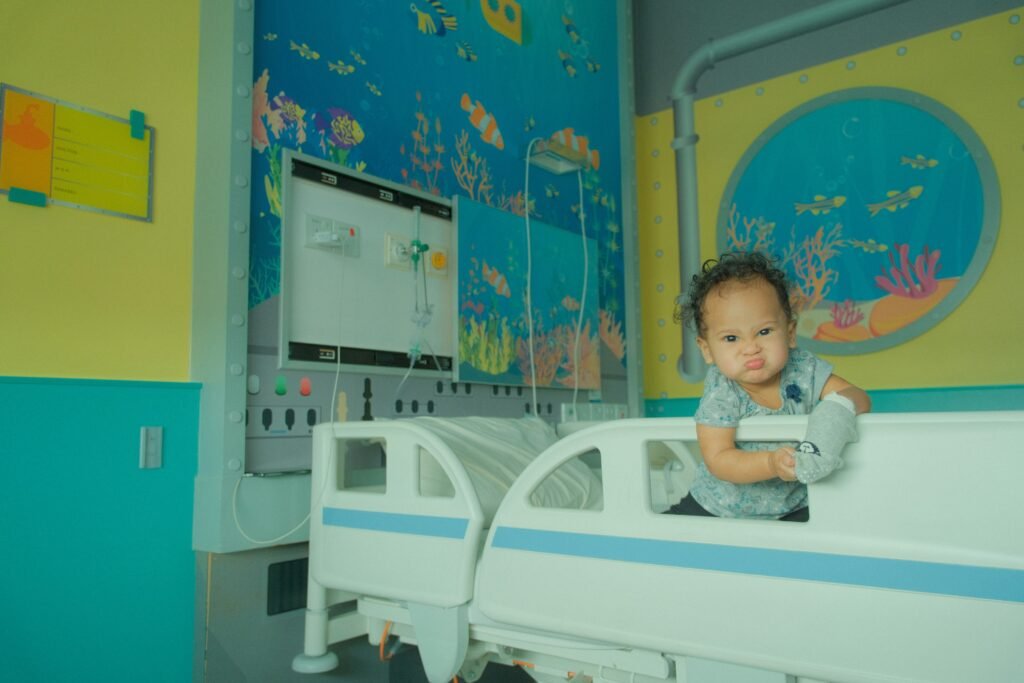
Expert Opinions on Play Therapy
Reputable psychologists and experts in 2025 continue to advocate for play therapy’s role in child psychology. Dr. Maggie Parker emphasizes the importance of a safe, welcoming playroom environment where children can explore emotions freely, with minimal rules to encourage self-expression. Dr. Gary Landreth underscores the symbolic nature of play, noting that it allows children to communicate in a way that aligns with their developmental stage.
Virginia Axline’s eight principles of play therapy—such as creating a warm, accepting relationship and allowing the child to lead the play—remain foundational to modern practice. Experts like Nidhi Chauhan highlight play therapy’s role in engaging brain circuits for emotional regulation and cognitive development, making it a powerful tool for long-term growth. Additionally, the Association for Play Therapy advocates for rigorous training, requiring practitioners to complete at least 150 hours of supervised play therapy training to ensure clinical competence.
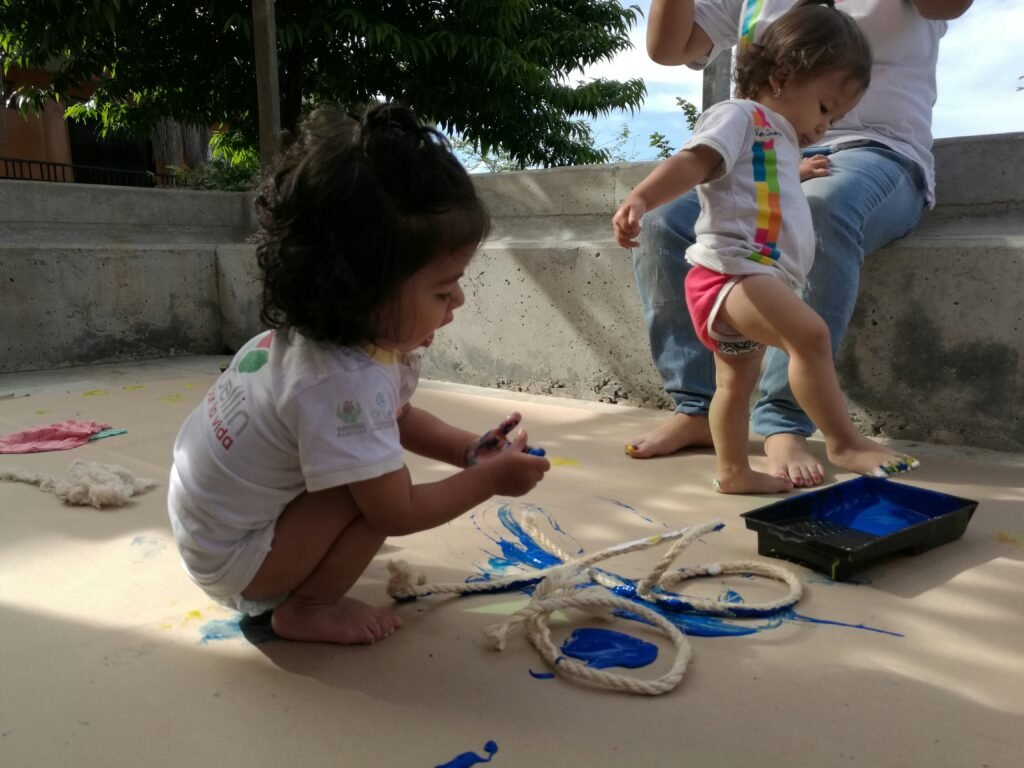
Innovative Applications: Play Therapy in 2025
Recent advancements have expanded play therapy’s reach. Internet-assisted play therapy, explored in a 2022 study, shows promise in primary healthcare settings, with themes like safety, accessibility, and client-orientedness emerging as key benefits. This approach leverages technology to make play therapy more accessible, particularly in underserved areas. Additionally, play therapy is increasingly used in non-traditional settings like schools, hospitals, and refugee camps, addressing diverse needs from academic stress to trauma recovery.
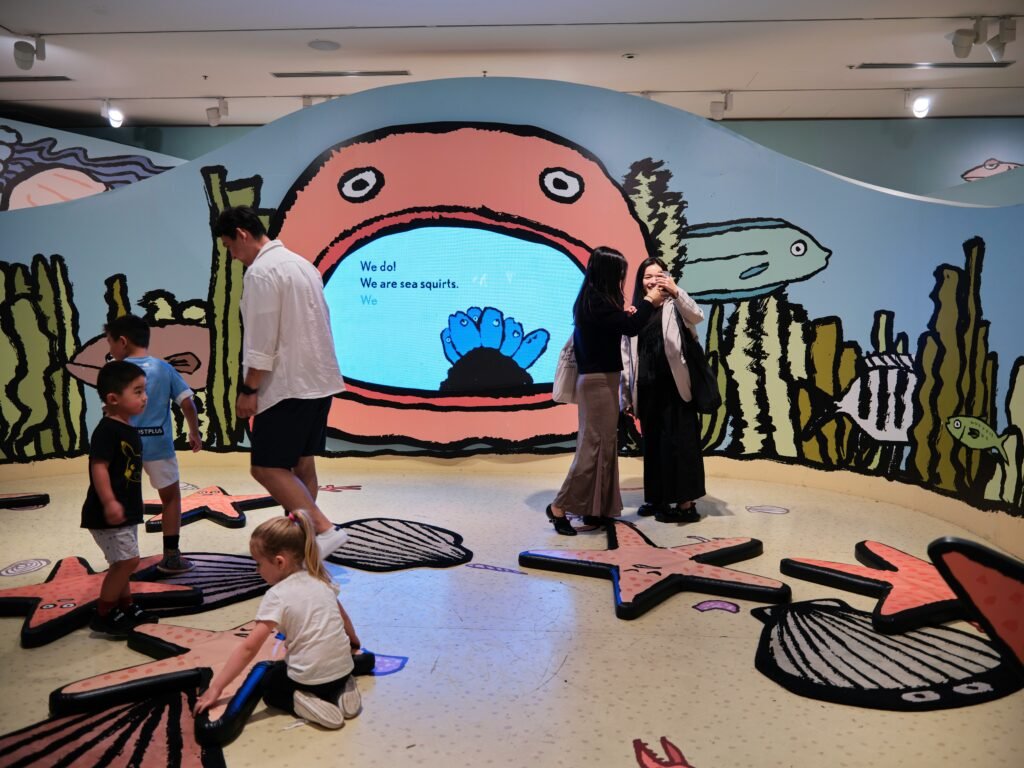
Conclusion
Play therapy is a powerful, evidence-based tool that harnesses the natural language of play to help children navigate emotional, behavioural, and psychological challenges. From fostering emotional expression to improving behaviour, social skills, and academic performance, its benefits are well-documented across diverse contexts. Supported by decades of research and endorsed by experts like Dr. Gary Landreth and Dr. Maggie Parker, play therapy empowers children to heal, grow, and thrive. As innovations like Internet-assisted play therapy emerge, the field continues to evolve, offering new possibilities for supporting children’s mental health in 2025 and beyond.
For parents, educators, and mental health professionals, play therapy is more than a treatment—it’s a pathway to nurturing resilience, fostering joy, and building a brighter future for children.
Some of the links on this blog are affiliate links, which means I may earn a commission if you make a purchase using the link. This comes at no additional cost to you. I only recommend products or services that I believe in and think will be valuable to my readers. I am also hoping you might consider purchasing my book 101 Art Therapy Exercises for Children: A Practical Guide for Parents and Mental Health Professionals. Thank you for supporting this blog!
 Rostislava Buhleva-Simeonova is a psychologist, art therapist, and gamificator. She has worked with children, adults, and the elderly within various therapeutic programmes over the past eight years, all the while providing the much-needed playful twist that art and gamified experiences can bring to this sometimes uneasy setting. But it wasn’t until the birth of her daughter, Aurora, that this work took on an even deeper personal meaning. With her academic and real-life experience, honed through numerous trainings and sessions, she is currently authoring books and articles in the field of child psychology and development, offering expertise in art and play therapy to guide parents and caregivers, as well as professionals in the fields of social work and mental health, throughout various pivotal moments in children’s lives. Last but not least, all of her books have been “peer-reviewed” by her daughter, who testifies to the efficiency of these methods.
Rostislava Buhleva-Simeonova is a psychologist, art therapist, and gamificator. She has worked with children, adults, and the elderly within various therapeutic programmes over the past eight years, all the while providing the much-needed playful twist that art and gamified experiences can bring to this sometimes uneasy setting. But it wasn’t until the birth of her daughter, Aurora, that this work took on an even deeper personal meaning. With her academic and real-life experience, honed through numerous trainings and sessions, she is currently authoring books and articles in the field of child psychology and development, offering expertise in art and play therapy to guide parents and caregivers, as well as professionals in the fields of social work and mental health, throughout various pivotal moments in children’s lives. Last but not least, all of her books have been “peer-reviewed” by her daughter, who testifies to the efficiency of these methods.


